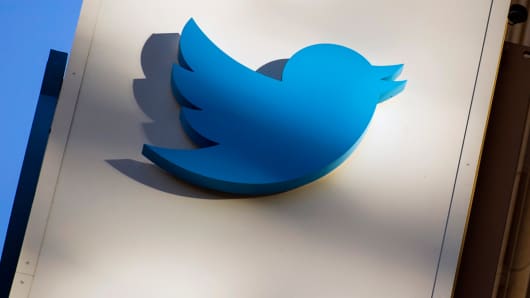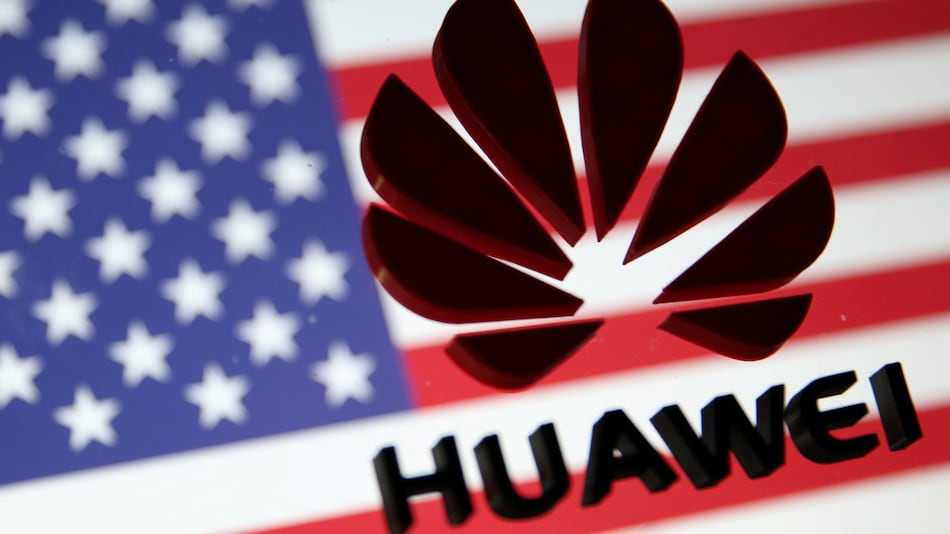Twitter turned 10 on Monday and while it might be celebrating at the moment, there are some sobering facts to contend with including a 65 percent drop in its share price in the last year, discontent from Wall Street and concerns over whether it can continue to add users.
Jack Dorsey returned to the helm of the company he founded last year, replacing Dick Costolo, but has yet to make a big impact, though has stabilized the ship to some extent.
While revenue growth for Twitter’s 2015 fiscal year was strong, reaching $2.2 billion, a 58 percent year-on-year rise, monthly active users (MAUs) in its fourth quarter were 320 million, remaining flat on the previous quarter.
Adding to the problems, its advertising revenue growth is forecast to fall from 45 percent this year to 35 percent in 2017, according to eMarketer data.
For investors, MAU is a key metric and has been the reason Twitter’s stock has tanked 65 percent in the past 12 months to just under $17, significantly its $26 initial public offering (IPO) price.
Dorsey doesn’t mind. The Twitter co-founder recently told CNBC in an interview that he’s “building a business I ultimately want to endure beyond my lifetime”.
But critics have slammed Twitter for failing to diversify beyond just its microblogging core product.
“Twitter is broadly what it was 10 years ago,” Cyrus Mewawalla, managing director of CM Research, told CNBC Monday, highlighting a common criticism the social media service has received.
“Twitter invented the Tweet, Facebook invented the book of faces, but then they have to expand into other areas very very quickly and whilst Facebook has done that, it’s gone into mobile payments, into virtual reality, into instant messaging, into photographs, Twitter has not.”
BEYOND THE USER BASE
But it has been trying. Last year, Twitter bought live streaming app Periscope and introduced story curation feature called Moments. Twitter has also been experimenting with ways to attract more advertisers. Earlier this month, it unveiled a feature called “First View”, allowing advertisers to get the top spot on a user’s timeline.
And a report from the New York Post last week suggested that Twitter and Facebook were battling to acquire the rights of conventional TV programs, highlighting the growing importance of video to both services.
But not all analysts are pessimistic on the future success of Twitter. Eleni Marouli, advertising research analyst at IHS, said Twitter “isn’t doing that badly”, citing the 500 million people who visit Twitter but don’t actually sign in. She said that combined with the MUA figure, the totally audience is 820 million.
“They haven’t been able to communicate their success that well to investors which is why the Street is not happy,” Marouli told CNBC in a phone interview.
“In terms of diversifying their offering, they were late to the video game, they now have that and it was something that the advertising industry was calling for. They are responding to signals, the challenge has always been communication.”
SO WHERE DOES TWITTER GO FROM HERE?
Investors are calling for innovation from the company to introduce services that its rivals such as Snapchat or Facebook don’t have. But with such a low share price, some analysts said that the microblogging site is a prime takeover target.
“We still have a sell on Twitter, it is still a takeover target…it’s of a size that can be taken over,” Mewawalla said.
“But I still think organically this company’s got problems so anyone that wants to take it over needs to have a clear strategy that’s different to what Twitter is doing now.”
[“source -pcworld”]




